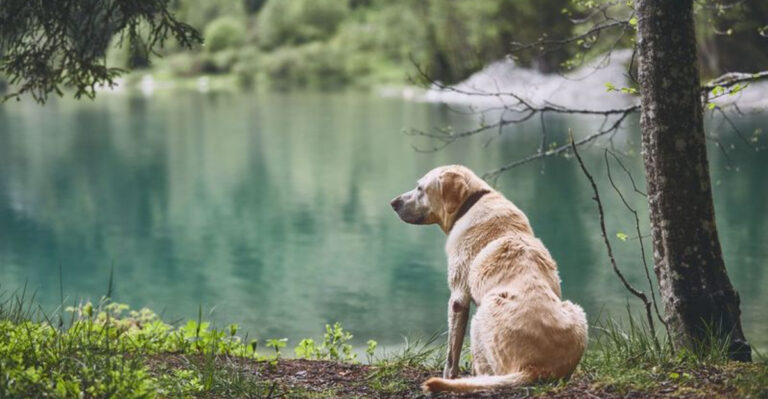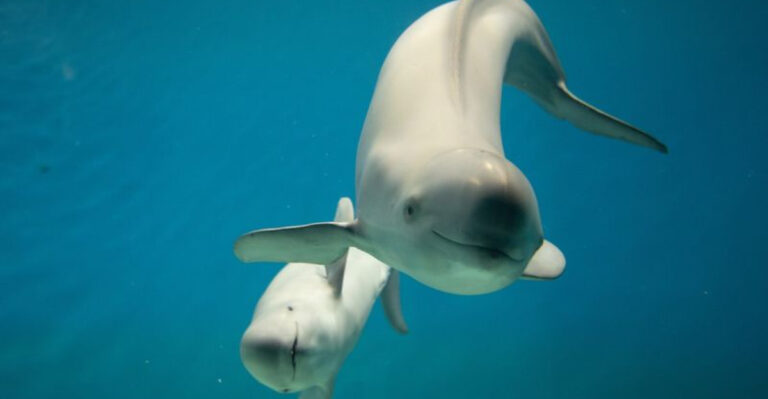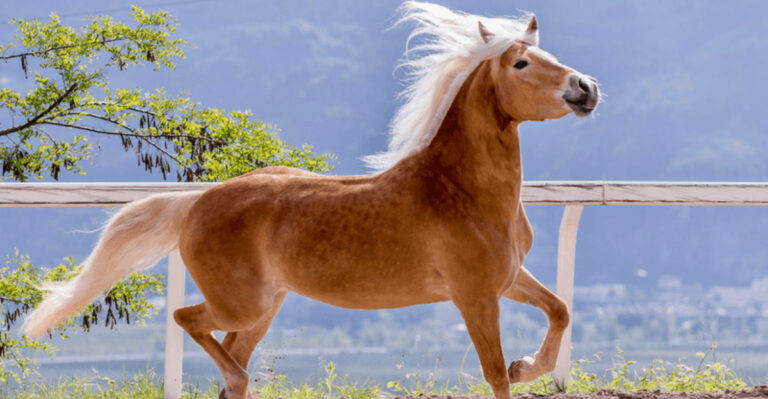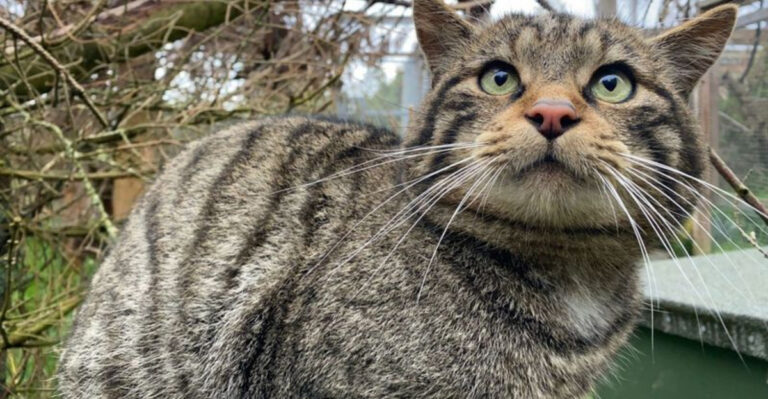Yellowstone Bison Thriving After 120 Years Of Conservation Efforts – Here’s How
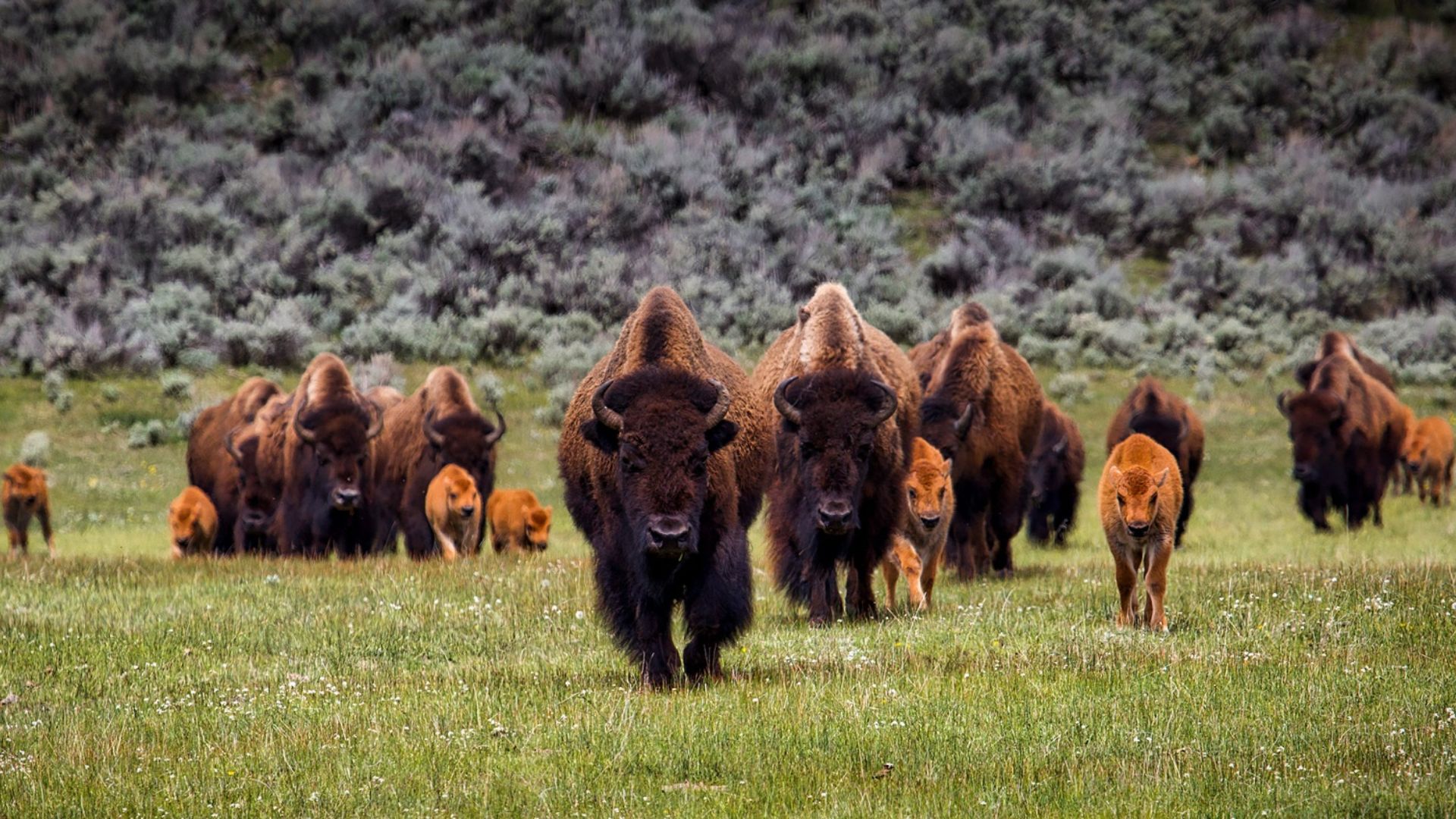
Yellowstone National Park’s bison are an iconic symbol of the American West.
After over a century of extensive conservation efforts, these majestic creatures have bounced back from the brink of extinction.
This article explores several fascinating facts about their incredible recovery and the ongoing efforts to ensure their survival in the wild.
1. How Bison Beat Extinction
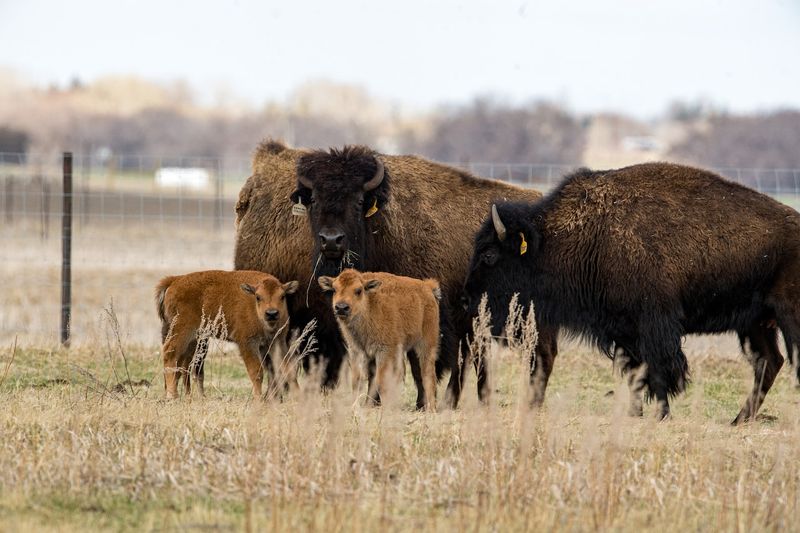
Once teetering on the brink of extinction, Yellowstone’s bison have made a remarkable comeback.
Conservationists and park authorities have worked tirelessly to protect these magnificent animals. Through concerted efforts, the population has been nurtured back to thriving levels.
These efforts have included habitat protection and strict anti-poaching laws. Over the years, dedicated individuals and organizations have ensured that bison remain a vital part of the ecosystem.
This success story is a testament to human perseverance and the resilience of nature. The collaborative efforts have brought the bison back from the edge of oblivion.
2. From A Handful To Thousands: The Remarkable Population Rebound
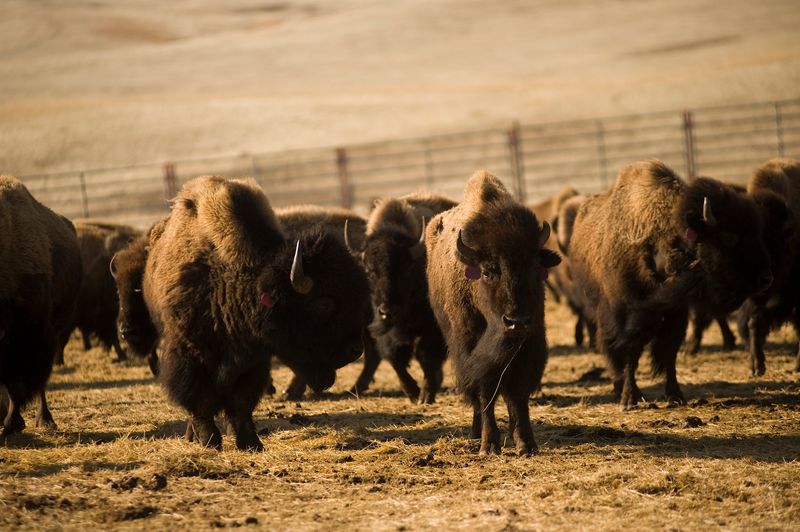
Starting from just a handful, the bison population in Yellowstone has seen an extraordinary increase. Thanks to strict protections and extensive monitoring, their numbers have grown to thousands.
This rebound showcases the effectiveness of conservation strategies. Experts have facilitated a healthy breeding ground by focusing on breeding programs and natural habitat restoration.
The plains of Yellowstone are once again bustling with these gentle giants.
Their impressive return highlights nature’s ability to recover, provided we give it the opportunity. The bison’s rising population signifies hope for other endangered species.
3. What Being A Single Breeding Population Means
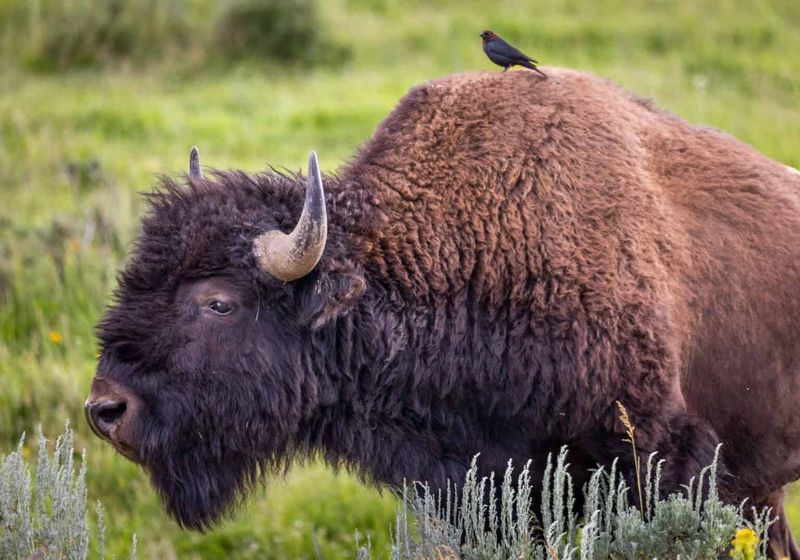
Yellowstone’s bison are unique in that they represent a single breeding population. This means that their genetic diversity is carefully managed to prevent inbreeding.
By maintaining a single population, ecologists ensure healthy genetic variety. This strategy helps in preserving robust traits that enable bison to thrive in their natural environment.
Additionally, it emphasizes the importance of genetic research in conservation.
The approach has proven effective, keeping the bison strong and adaptable. It also serves as a model for other conservation efforts looking to maintain genetic health in wildlife populations.
4. The Role Of National Parks In Bison Recovery
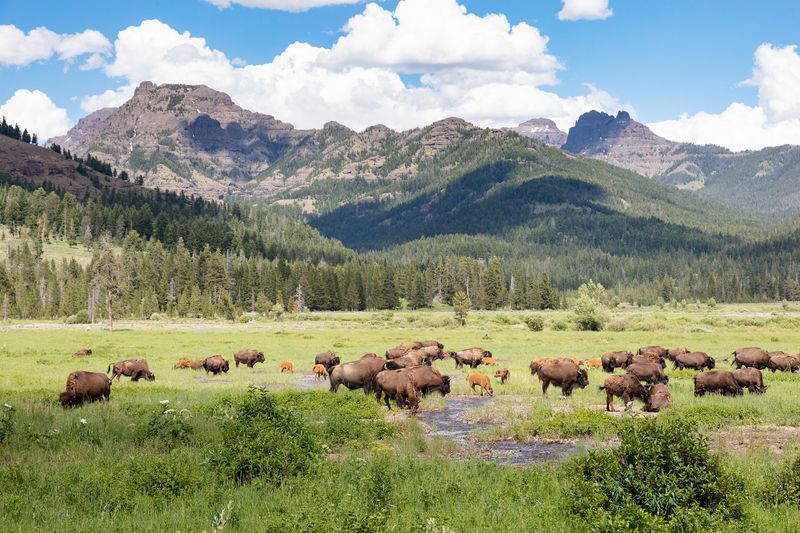
National parks like Yellowstone play a crucial role in the recovery of bison populations. These protected landscapes offer the perfect environment for bison to live and breed naturally.
The vast expanses provide shelter and food, mimicking their historical range. Within these boundaries, bison are safe from hunting and habitat encroachment.
The park’s management has focused on sustainable coexistence, balancing tourism with conservation. Efforts include habitat restoration and scientific research to support bison health.
National parks serve as sanctuaries, ensuring that these magnificent creatures continue to roam freely.
5. Why Yellowstone’s Bison Are So Important To America’s Ecosystem
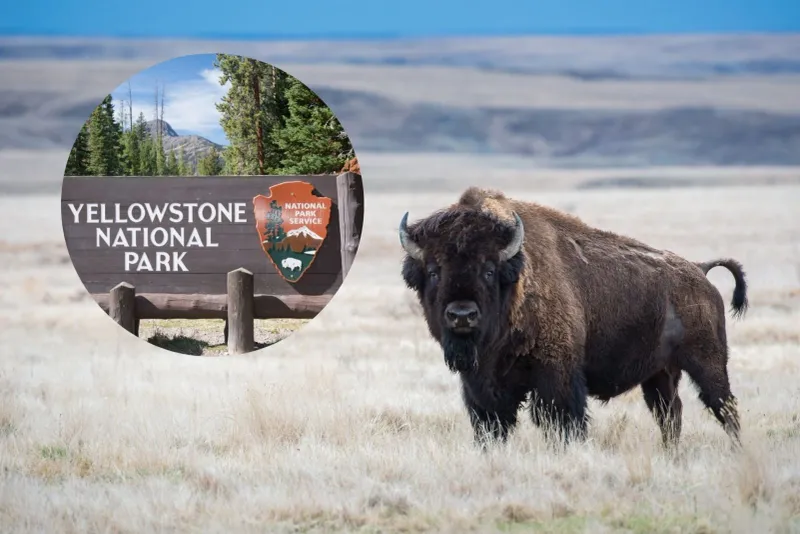
Bison are a keystone species in America’s ecosystems, particularly in Yellowstone.
Their grazing patterns shape the landscape, aiding in seed dispersion and promoting plant diversity. This, in turn, benefits other wildlife relying on varied habitats.
Bison influence water distribution, enriching the soil and ensuring balanced ecosystems. Their presence supports a healthy trophic level balance, contributing to the park’s biodiversity.
By maintaining grasslands they help curb erosion and support a wide range of species.
The bison’s role in the ecosystem is invaluable, underscoring the importance of preserving their natural habitats.
6. Hidden Challenges: Why Managing Bison Is Still Complicated
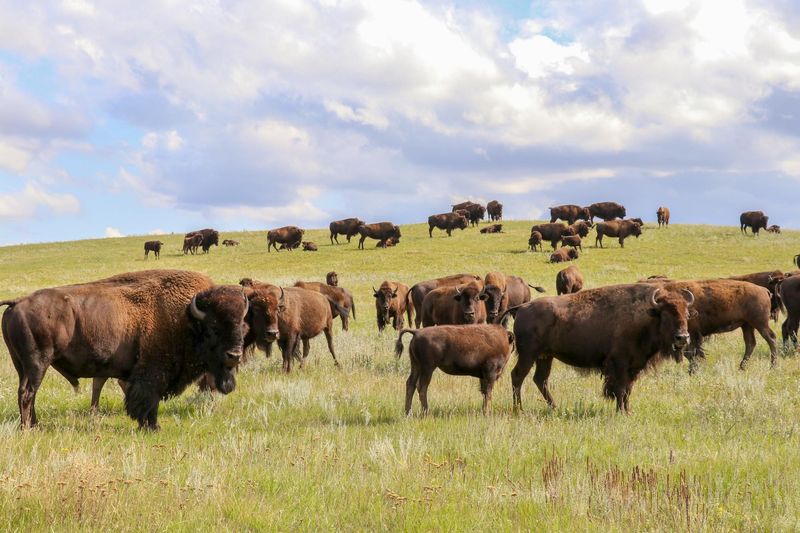
Despite success in recovery, managing Yellowstone’s bison remains complex. Challenges include balancing tourism, conservation, and human-wildlife conflict.
Bison often wander beyond park boundaries, raising concerns with local farmers. Disease management is another critical issue, requiring constant monitoring.
The park’s strategy involves collaboration with state and federal agencies to address these concerns.
Additionally, the cultural significance of bison to indigenous communities adds layers to management decisions.
These complexities require adaptive management approaches to ensure the bison’s continued well-being. By addressing these challenges, we can create a sustainable future for bison.
7. How Modern Science Is Shaping The Future Of Bison Conservation
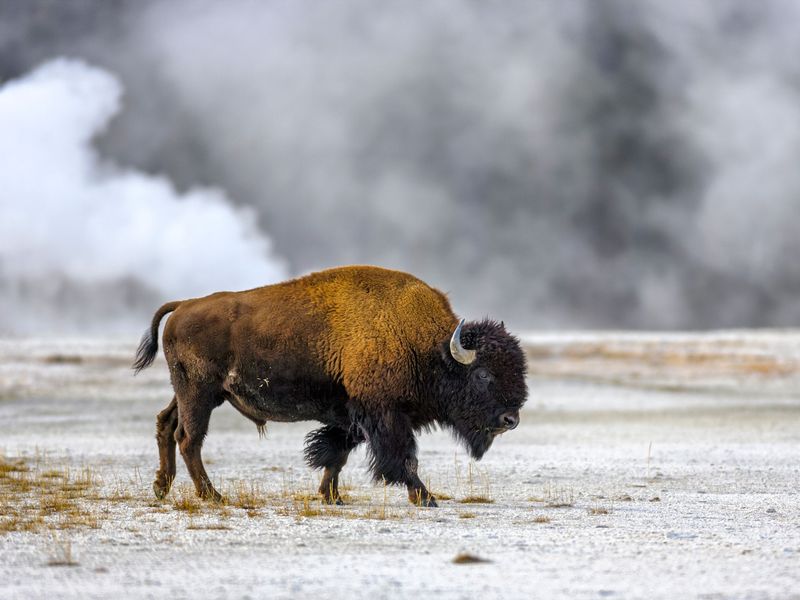
Modern science plays a pivotal role in the ongoing conservation of bison.
Advances in genetic research help maintain healthy populations by tracking genetic diversity. This ensures bison remain resilient to diseases and environmental changes.
Innovative technologies, like GPS tracking, assist in monitoring migration patterns and habitat usage.
By understanding their behavior, scientists can develop better conservation strategies. Collaboration with geneticists and ecologists leads to informed decisions about breeding and habitat protection.
Science continues to shape how we preserve these iconic animals, ensuring their presence in Yellowstone for generations to come.
8. What We Can Do To Help Keep Bison Wild And Free
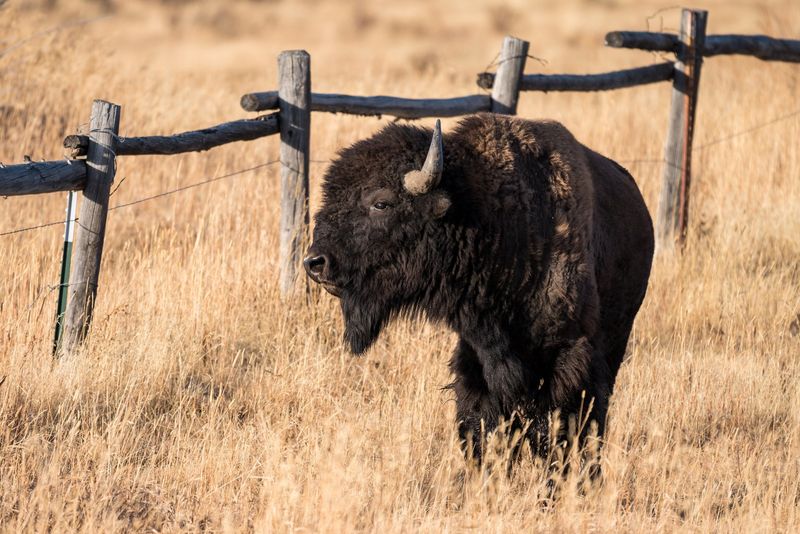
Everyone has a role to play in keeping Yellowstone’s bison thriving.
Supporting conservation organizations and advocating for policies that protect natural habitats are essential steps. Educating ourselves and others about the importance of bison ensures continued awareness.
Participating in eco-friendly tourism can also make a difference, as it supports local economies while respecting wildlife. Volunteering in conservation projects provides hands-on opportunities to contribute.
By fostering a collective responsibility, we can help maintain bison populations.
Every small action contributes to a larger impact, ensuring that these magnificent creatures remain wild and free.
9. Celebrating Success: Lessons Learned From Bison Conservation
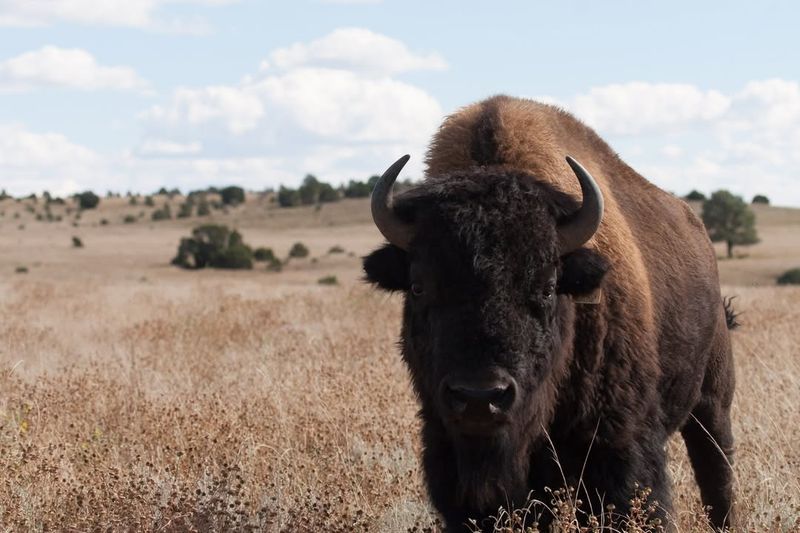
The successful conservation of Yellowstone’s bison offers valuable lessons for wildlife preservation globally. It highlights the importance of collaboration between government, scientists, and local communities.
This collective effort has adapted over time, integrating modern science with traditional knowledge. It underscores the necessity of maintaining protected areas and supporting genetic diversity.
The journey also teaches us resilience and patience, as conservation is a long-term commitment. Through this success, we learn the impact of dedicated efforts and hope.
Bison conservation inspires continued dedication to protecting our planet’s precious wildlife.

